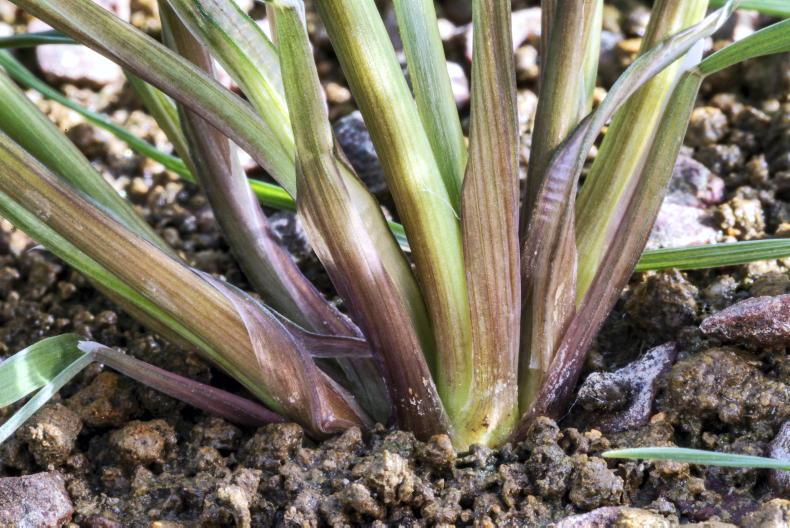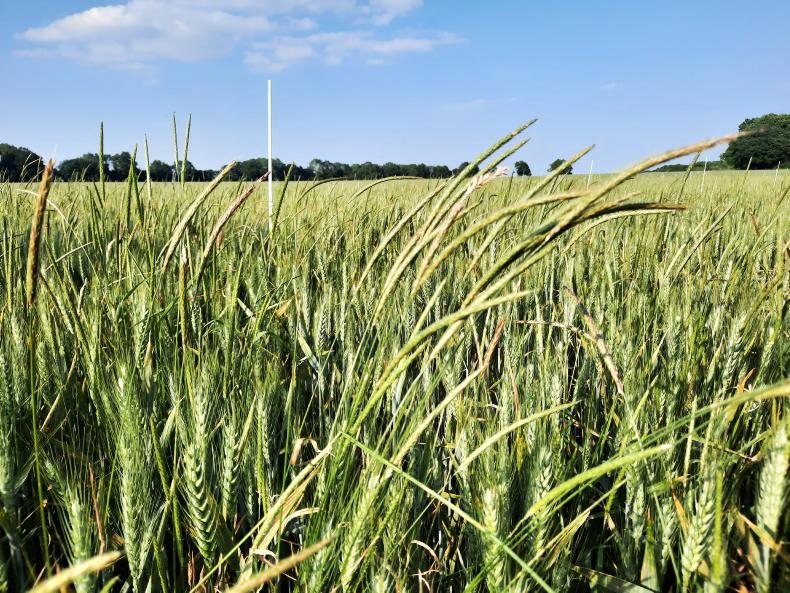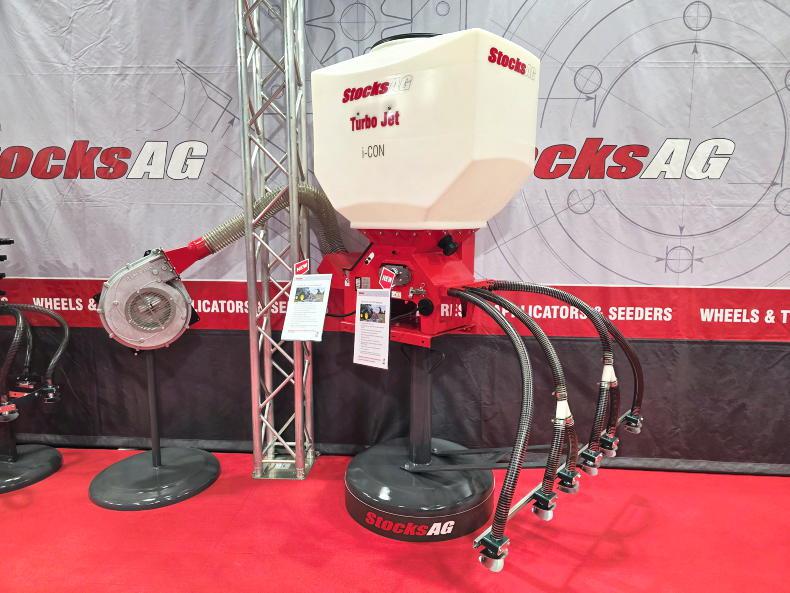We are increasingly aware of the need to decrease weed problems.
This means preventing seed return to the soil and growing out the weed-bank in non-crop situations.
This is true for all weeds but it is critical for blackgrass.
When we allow weeds to shed seed we build the weed seedbank numbers.
So, preventing seed return is a critical element in winning this battle.
Also, having fewer weeds in a field makes chemical control more achievable, with less risk of resistance development.
One to 1,000
The potential of blackgrass to multiply is substantial. A simple example of one plant with 10 fertile tillers or heads and 100 seeds per head produces 1,000 seeds.
Even if 50% do not make it, that is 500 plants next year where there was only one this year. Think about year three, if nothing is done.
The year and the crop affect weed seed production.
Seeds produced per plant will probably be smaller where the weed population is higher, but bigger where the crop density is sub-optimum.
In that 2018 experiment, there were still 1,234 seeds on the plant at harvest to be spread further afield
A recent article in Weed Science reported blackgrass averaged 953 seeds/plant in 2017, but 3,337 seeds/plant in 2018.
That research found that 29% of the seeds remained on the plants at maturity in 2017 (which means that 71% had already been shed), while 37% were retained at maturity in 2018.
In that 2018 experiment, there were still 1,234 seeds on the plant at harvest to be spread further afield.
In situations like this, an ability to capture and destroy these seeds would help to decrease seed return.
Soil seedbank
Preventing seed return must be about stale seedbeds to help grow out the soil seedbank, the use of herbicides to destroy the weeds in a crop, rogueing survivors if the numbers are low enough or, if not, destroying that proportion of the crop.
Whatever combination of methods is to be used, a blackgrass problem will quickly increase if seed return to the soil is not prevented.
But the most important prevention is to stop that first plant from setting seeds.










SHARING OPTIONS